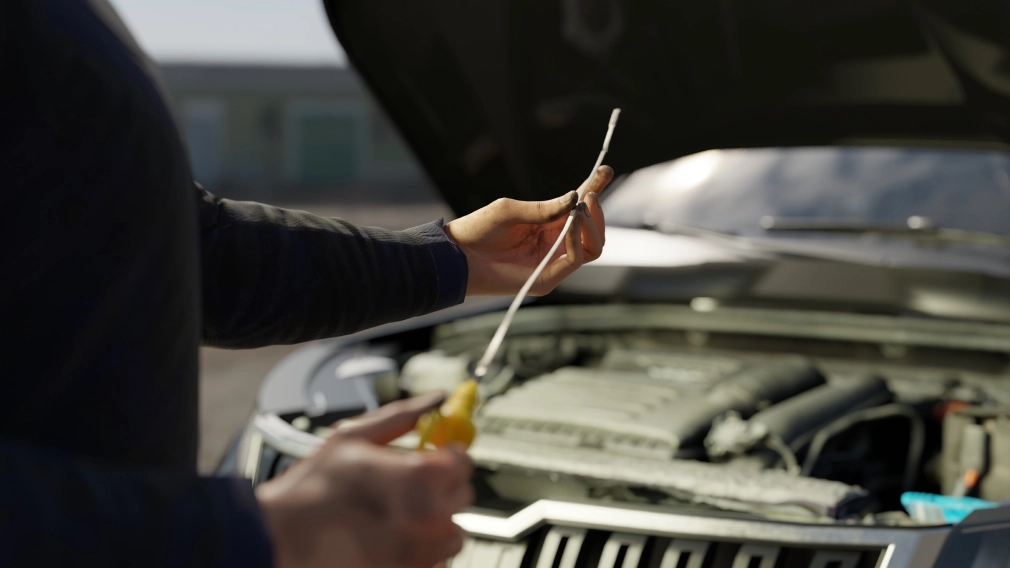What to Do if Your Vehicle Breaks Down

You will likely experience some form of vehicle malfunction if you’re a regular driver. From simple flat tires to complete loss of power, breakdowns can put you and others at risk.
However, a quick and effective response can keep you and other road users safe. The following guide is based on recommendations from leading traffic safety authorities.
Learn how to respond to a sudden vehicle breakdown. Then, explore ways to prepare beforehand and save yourself a lot of stress.
If Your Vehicle Stops Functioning Properly…
1. Pull Over at the First Sign of Trouble
Don’t wait until you lose control. Pull off the road as soon as you detect any issues that impair your vehicle’s performance. Avoid hard braking or sudden movements.
Stopping in a designated parking area is ideal, but you may need to use the road shoulder in an emergency. In most cases, you should aim for the right shoulder and move as far away from traffic as possible.
Try to stop in a flat area away from hills and curves to make sure you’re easy to see. Once stopped safely, turn your wheels away from traffic and engage your parking brake.
2. Alert Other Drivers
Next, make yourself as visible as possible to give other drivers time to react. At a minimum, you should turn on your emergency flashers (hazard lights).
If you’re stopped in a safe location, you can also consider:
- Shining or waving a flashlight
- Raising your hood to signal distress
- Putting on high-visibility or reflective clothing
- Tying bright-colored cloth to your door handle or antenna
- Setting out emergency flares or reflectors behind your vehicle
Tip: Place three warning devices to give traffic time to respond
- the first 10 feet away,
- the second 100 feet away,
- the third 200-300 feet away, depending on traffic speed
(faster traffic requires more warning time)
Note: Do not ignite flares or other flames if you smell gas or suspect a fuel leak.
3. Call for Help
In most cases, staying buckled in your vehicle while calling and waiting for help is safest.
However, if you’re stopped in a dangerous location or fear a high risk of another driver striking your vehicle, you should exit through the door farthest from traffic and move off the roadway. Never try to push your vehicle, examine damages, or do repairs on a busy street.
Depending on the severity of the situation, you can call:
- Towing services
- Local law enforcement, highway patrol, or 911
- Roadside assistance helpline (if you have a membership)
Take note of the road you’re on, your direction of travel, nearby landmarks, highway mile markers, and anything else that may help your emergency responder find you. Stay with your vehicle until help arrives.
If you cannot call for help but are within walking distance with a safe route to someplace you can get help, leave a note on your dashboard with your contact information and where you are going. Only take this course of action when you can safely walk to your destination.
Preparing for Vehicle Breakdowns
Planning ahead can help lessen the stress of vehicle troubles.
For example, setting up emergency contacts in your phone prevents you from scrambling to find important numbers during an emergency.
It’s wise to keep your vehicle stocked with an emergency supplies kit, often sold at hardware and auto supplies stores. If you’re interested in building your own emergency kit, consider including the following items:
- First aid kit
- Phone charger
- Fire extinguisher
- Jumper (booster) cables
- Flashlight with extra batteries
- High-visibility reflective clothing
- Car jack, tire iron, and spare tire
- Flares, reflectors, or hazard triangles
- Sand or cat litter (to create traction when stuck)
- Gloves, blankets, and warm clothes
- Bottled water and packaged food
- Ice scraper, snow brush, and snow shovel
- Windshield washer fluid and engine coolant
- Umbrella and rain gear
With this gear, you’ll be prepared for any roadway emergency.
Drive safe, and happy travels!